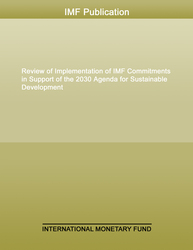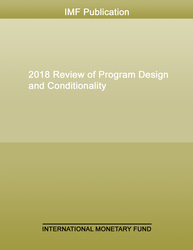
Debt Vulnerabilities in Low-Income Countries Recent Developments and Trends
Debt Vulnerabilities in Low-Income Countries Recent Developments and Trends
READ MORE...
Volume/Issue:
Volume 2025
Issue 038
Publication date: October 2025
ISBN: 9798229029261
$5.00
Add to Cart by clicking price of the language and format you'd like to purchase
Available Languages and Formats
| English |
Prices in red indicate formats that are not yet available but are forthcoming.
Topics covered in this book
This title contains information about the following subjects.
Click on a subject if you would like to see other titles with the same subjects.
Debt burden , Debt burden indicator , Debt service , Debt sustainability , Debt vulnerability , Debt transparency , Domestic debt , Financing needs , Global , IMF-World Bank LIC-DSF , IMF-World Bank LIC-DSF database , Sub-Saharan Africa
Also of interest
Summary
Despite significant efforts to unwind the impact of the COVID-19 fiscal stimulus and other shocks, debt levels in many Low-Income Countries (LICs) remain relatively high, with debt vulnerabilities exacerbated by uncertain global conditions and a changing creditor landscape. In this context, the purpose of this paper is to provide factual data and insights on recent trends in public debt vulnerabilities and financing challenges in LICs, with a special focus on domestic debt issues. The evidence presented, particularly on the ever more important role of domestic debt as a source of public financing, highlights the importance of the continued work of the IMF and the World Bank to monitor debt vulnerabilities and support countries through a combination of policy advice, financial resources, and capacity building. Furthermore, the scale of identified vulnerabilities reinforces the need for strong debt management and enhanced debt transparency to sustain good relations with creditors and underpin sound financing decisions.
Copyright © 2010 - 2025
Powered by:
AIDC



